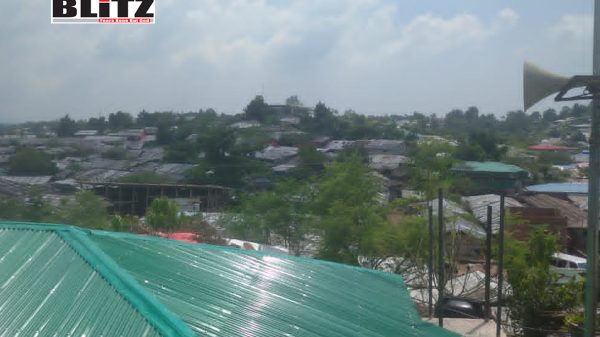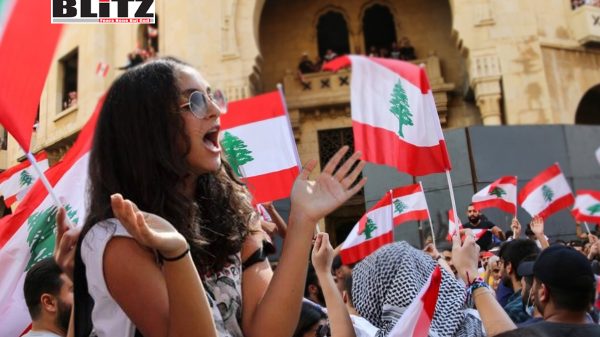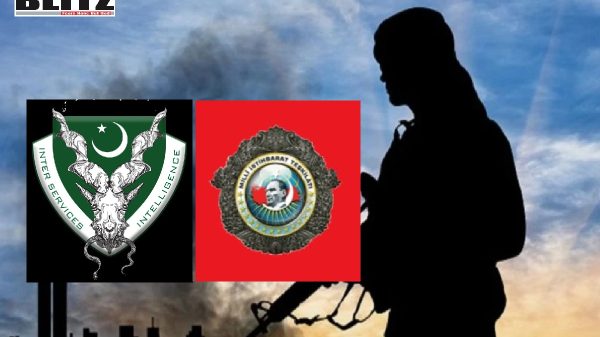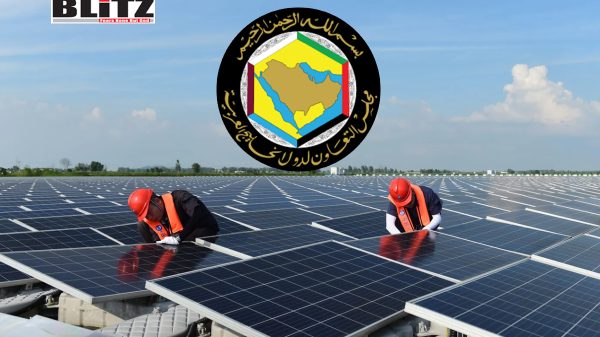The West’s fatal blind spot: Mistaking the Muslim Brotherhood for the whole Islamist threat
- Update Time : Tuesday, September 30, 2025
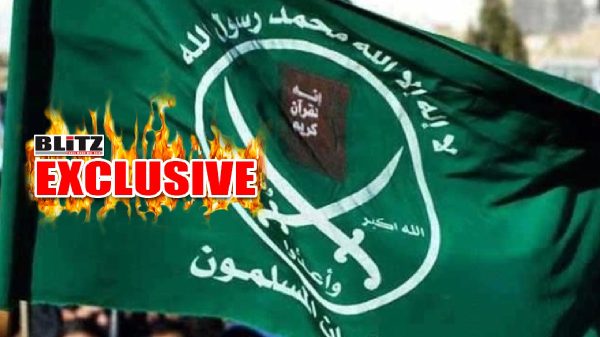
For more than eight decades, the Muslim Brotherhood has been one of the most discussed Islamist movements in the world. To its critics, it has long been a totalitarian organization bent on undermining democracy and spreading religious authoritarianism. To some naïve Western policymakers and activists, however, it still appears to be little more than a “community organization” or a religious charity. This dual perception has distorted the debate and left governments ill-prepared to counter the broader Islamist challenge.
The truth lies somewhere in between. The Muslim Brotherhood of today is a fractured and weakened organization, particularly after its ouster from power in Egypt in 2013. Yet the ideas it popularized – political Islamism, theocratic governance, and the notion of global Islamic solidarity – have taken root far beyond Cairo. They continue to shape Islamist movements across the Middle East, Europe, North America, and South Asia. To underestimate this ideological legacy, or to confuse it with the centralized command of a bygone era, is to risk grave miscalculations.
From power to fragmentation
At its height in the mid-20th century, the Brotherhood’s reach was formidable. Egyptian exiles and migrants carried its message to Europe, North America, and the wider Muslim world. By the 1980s, its leadership attempted to centralize control under the “International Organization”, designed to unify disparate branches under the authority of Cairo’s Supreme Guide. Yet unity proved elusive.
Branches in North Africa and the Gulf began drifting away. Sudanese Islamist leader Hassan al-Turabi built his own movement, adapted to Sudanese realities. In Kuwait, the Brotherhood lost credibility after siding with Saddam Hussein’s invasion. Jordan witnessed deep schisms, not least because of the disruptive influence of Hamas, itself a Brotherhood offspring that soon operated independently. By the time Egypt’s short-lived Brotherhood government under Mohamed Morsi collapsed in 2013, the movement was already splintering into rival factions headquartered in Doha, Istanbul, and London.
The result today resembles a disintegrated franchise. A few branches, such as Tunisia’s Ennahda, have formally distanced themselves, describing Brotherhood ties as “merely symbolic”. Others, like the Jordanian Brotherhood, have severed links altogether. Even the death in 2022 of Ibrahim Mounir, once a central Brotherhood figure, barely registered within Islamist circles abroad. The Egyptian Brotherhood, once the ideological compass of global Islamism, has been reduced to little more than a faded logo.
Western policymakers’ blind spot
Paradoxically, Western capitals continue to treat the Brotherhood as if it were a singular, all-powerful organization. Politicians, academics, and journalists frequently invoke its name as shorthand for virtually all Islamist activity. This is a dangerous oversimplification.
Across Europe and North America, multiple Islamist currents operate – Salafis, Deobandis, Barelvis, Jamaat-e-Islami, Turkish state Islamism, Qatari state Islamism, and Shia Khomeinists. Each has distinct theological roots, strategies, and funding sources. By lumping them all under the “Muslim Brotherhood” label, Western policymakers fail to address the real threats emanating from these networks.
For example, the South Asian Deobandi movement, which produced the Taliban, operates seminaries and religious institutions across the United States. Yet federal authorities have barely investigated their networks, even after two decades of war in Afghanistan. Similarly, radical Barelvi groups such as Dawat-e-Islami – whose members have carried out violent attacks from South Asia to Europe – run wealthy mosques in the US and Europe with little scrutiny. Jamaat-e-Islami, with its deep influence among South Asian diasporas, commands grassroots support arguably stronger than anything the Brotherhood ever achieved in the West.
This failure of comprehension mirrors what the 9/11 Commission once called a “failure of imagination”. Policymakers obsessed with ISIS and Al-Qaeda, and with the familiar name of the Muslim Brotherhood, have ignored the proliferation of other Islamist threats right under their noses.
Lessons from Algeria and the Arab World
If Western leaders wish to understand the Brotherhood, they should look to Arab capitals, not their own seminar rooms. Across the Middle East and North Africa, governments have long recognized the Brotherhood’s destabilizing potential.
The most searing example came in Algeria during the 1990s. After the Brotherhood-linked Islamic Salvation Front (FIS) won the first round of parliamentary elections in 1991, the military intervened to prevent a full takeover. What followed was a decade-long civil war – the “Black Decade” – that left more than 200,000 dead. Islamist militias massacred entire villages, used children as human shields, and slaughtered women and minorities. The state responded with mass arrests, torture, and disappearances. Algerians still bear the scars of this tragedy.
Similar lessons have been drawn in Egypt, Syria, Jordan, Saudi Arabia, and the UAE. With the exception of Qatar, virtually every Arab state has either outlawed the Brotherhood or tightly constrained its activities. For them, the Brotherhood is not a harmless charity but an ideological machine seeking long-term power.
Contrast this with Western attitudes. In Britain, despite an internal government review in 2015 that labeled the Brotherhood a “possible indicator of extremism” and criticized its secrecy, the group continues to operate freely. Its charities, NGOs, and student organizations remain embedded within British society. In the US, while senators such as Tom Cotton and Marco Rubio have pushed for the Brotherhood’s designation as a terrorist organization, successive administrations have hesitated, fearing diplomatic fallout or domestic controversy.
Offshoots and ideological heirs
Even if the Brotherhood’s formal structure is collapsing, its ideological offspring remain powerful. Hamas, the Brotherhood’s Palestinian branch, continues to wage war against Israel while fundraising in the West. In Syria, Brotherhood-linked activists maintain cohesive, diaspora-based organizations. In Europe and North America, Qutbist groups – named after the Brotherhood ideologue Sayyid Qutb – continue to use Brotherhood-style indoctrination under new labels.
Organizations such as the Muslim American Society or Muslim Youth of North America, while not controlled by Cairo, still employ Brotherhood recruitment practices like “tarbiyah” (Islamist education and training). These groups have evolved into distinctly Western forms of Islamism, aligning themselves with local political debates, often mirroring the left-right divide in America.
This “American Islamism” may not resemble the old Egyptian franchise, but it carries the same DNA: totalitarian ambitions cloaked in religious legitimacy. Some of these networks even provide financial and ideological support to Hamas and other extremist movements overseas.
Why the Brotherhood still matters
Some analysts argue that since the Brotherhood is in decline, it no longer deserves attention. This is dangerously shortsighted. The Brotherhood’s enduring influence lies not in its Cairo-based leadership but in its ideological legacy. Sayyid Qutb’s writings continue to inspire jihadists and non-violent Islamists alike. Brotherhood-trained activists still shape community organizations, charities, and lobbying groups in the West.
Moreover, the Brotherhood’s brand provides a cover for other Islamist actors. Western politicians, eager to engage with “moderate” Muslim organizations, often end up legitimizing Brotherhood-linked groups that use interfaith dialogue and social services as tools of political influence. This legitimization opens the door to wider Islamist penetration of civil society and politics.
A call for clarity and action
Western governments urgently need to recalibrate their understanding of the Islamist threat. That means:
Stop treating the Muslim Brotherhood as a catch-all label. Islamist movements are diverse and must be identified accurately – whether Salafi, Deobandi, Barelvi, Jamaat-e-Islami, or Khomeinist. Each has distinct structures and threats.
Designate and dismantle violent Islamist networks. Groups such as Dawat-e-Islami, Khatme Nubuwwat, and Jamaat-e-Islami have well-documented ties to violence abroad and should be subject to sanctions and proscription in the West.
Investigate Islamist financing. Billions of dollars move through Islamist charities and nonprofits in Europe and North America. Transparent investigations and prosecutions are overdue.
Empower reformist Muslim voices. Moderate Muslims who oppose Islamism are natural allies in countering these threats. Yet they are too often ignored while Islamists dominate official “community engagement”.
Recognize ideological warfare. Islamism is not merely about violent attacks but about reshaping societies from within. Governments must confront this long-term strategy with equal determination.
The Muslim Brotherhood may no longer be the centralized empire it once aspired to be, but its legacy endures in powerful, decentralized forms. Western governments, by continuing to obsess over the Brotherhood brand while ignoring other Islamist networks, risk repeating the mistakes that led to 9/11 and beyond.
The lesson from Algeria’s “Black Decade” is clear: ignoring the Brotherhood’s true nature leads not to peace but to bloodshed. The lesson from today’s West is equally clear: legitimizing Islamist proxies under the guise of tolerance is not inclusion but blindness.
If policymakers in Washington, London, and Brussels wish to defend democracy and pluralism, they must stop clinging to outdated myths about the Muslim Brotherhood and start mapping – and dismantling – the full spectrum of Islamist threats operating within their borders. Anything less is not just naïveté. It is national suicide.


